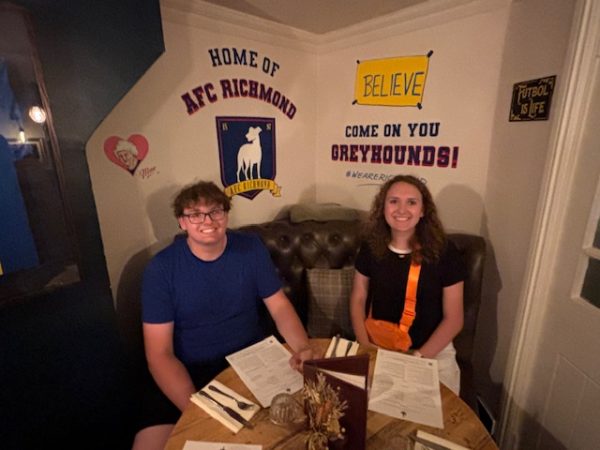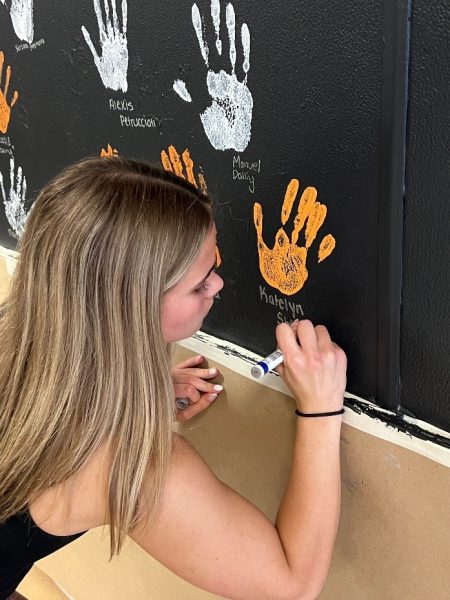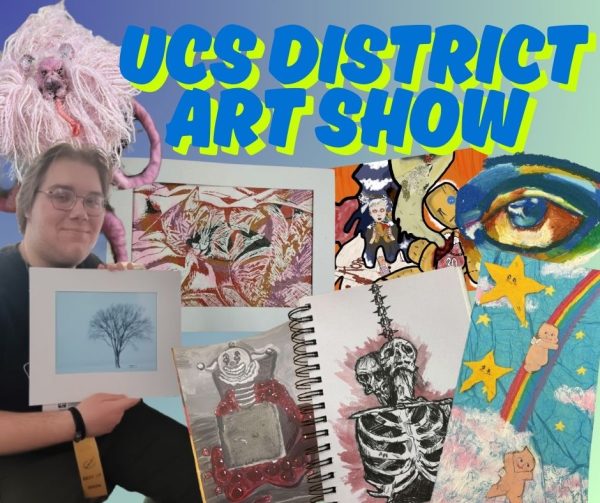From humble beginnings to dying eggs
Easter is a religious celebration that honors Jesus’ resurrection after his death. Christians and non-believers alike celebrate this holiday with chocolate eggs and marshmallow bunnies.
“We make eggs the day before Easter with my Grandparents,” senior Antonetta Berisic said, “and we always get Easter baskets for the little kids.”
How did a religious holiday honoring Jesus, start celebrating with colored eggs and rabbits? Since Easter was such a serious holiday that was difficult to explain to children, we started slowly incorporating light-hearted traditions. Until it seemed natural that we would expect a giant Easter bunny to leave us a basket of treats.
Other practices started out as folk customs and pagan traditions that evolved into enduring rituals. Eggs have always been a sign of new life and spring. However, the tradition of dying eggs started because of Lent, the religious observance that happens in the 40-day period before Easter. Christians fast, pray and often give up sweets for this holiday.
In older times they would also give up common foods such as eggs. So as a festive way to celebrate the end of the fasting, Christians would dye eggs the night before and then eat them the morning of Easter.
The Easter rabbit was brought along by the Germans who had stories of an egg-laying hare that would give gifts to well-behaved children. Children would make colorful nests and wait for the bunny to leave the treats inside. Eventually the custom spread across the United States and is honored to this day.
There are also egg-hunting contests, where children seek out plastic eggs filled with candy. Other events are the annual egg-roll at the White House.
Family bonding is also a big theme of Easter, as most families use this celebration to catch up and attend church.
“I think it is a beautiful holiday,” Berisic said, “that I can celebrate with my family because we’re very religious.”
Your donation will support the student journalists of Utica High School. The Arrow appreciates your help to keep us up and running.







